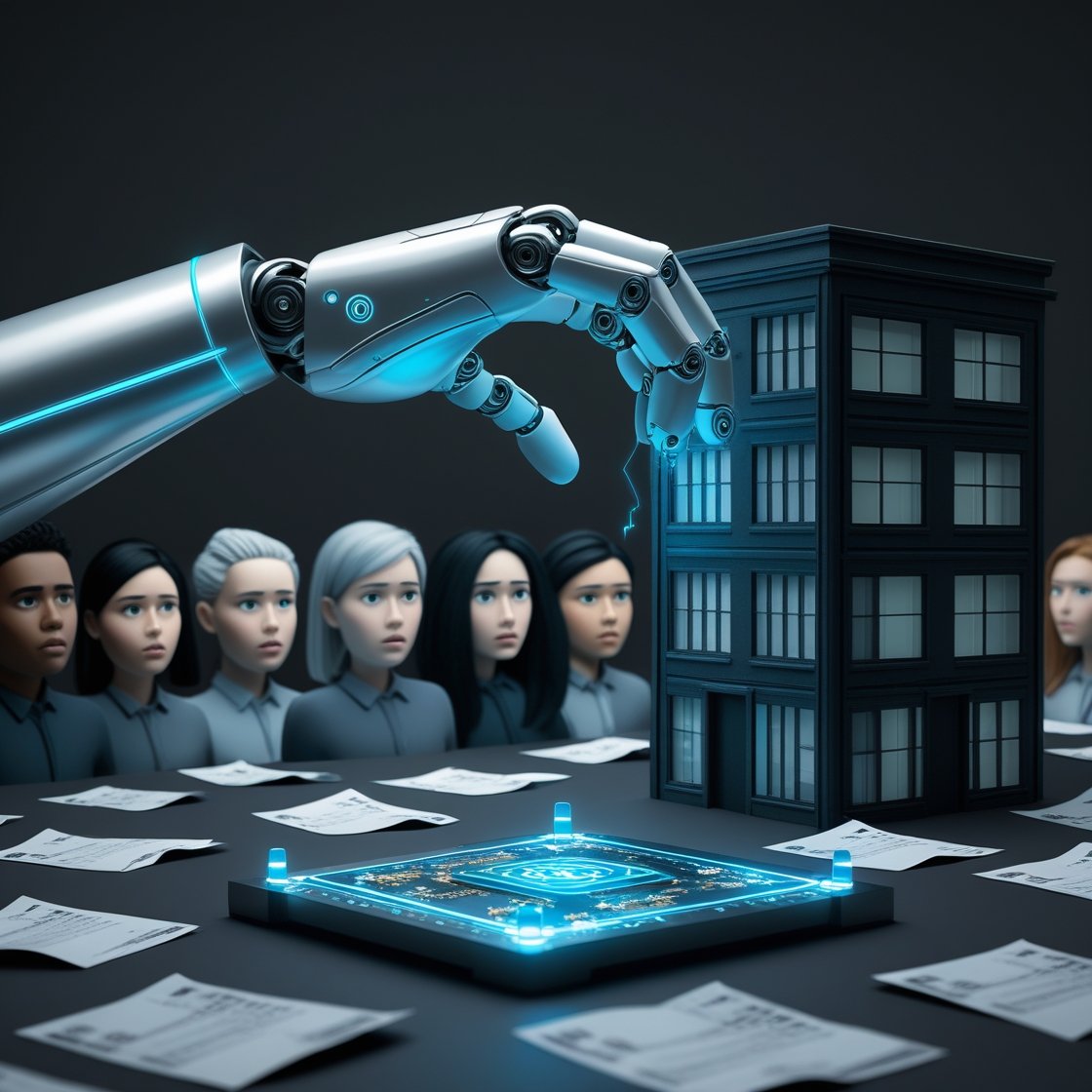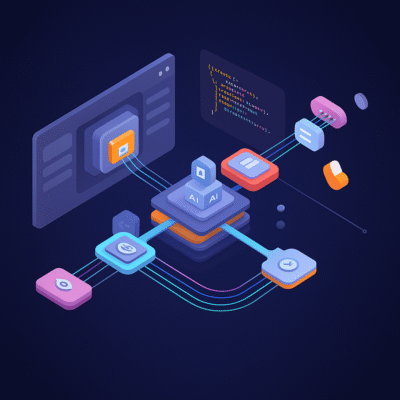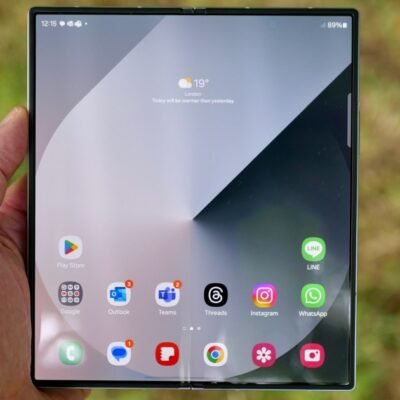Introduction: The Invisible Workforce Reduction
In early 2024, a mid-level marketing manager at a Fortune 500 company noticed her access to Slack and email suddenly revoked. No meeting with HR, no exit interview, just a sterile automated message: “Your role has been reassessed.” Meanwhile, her employer reported “record efficiency” to shareholders.
This is the reality of silent layoffs: companies using AI and algorithmic tools to downsize without public announcements, mass severance packages, or even basic transparency. Unlike traditional layoffs where cuts are framed as restructuring, silent layoffs happen in the shadows, leaving employees confused and demoralized.
A 2023 report from Revelio Labs found that over 40% of recent workforce reductions at tech firms were unannounced, masked as “attrition” or “performance-based exits.” With AI-driven productivity tracking, automated role eliminations, and stealthy PIPs (Performance Improvement Plans), employers are rewriting the rules of downsizing.
Why does this matter? Because when layoffs go silent, workers lose leverage, public accountability vanishes, and the very nature of job security changes.
1. How AI Enables Silent Layoffs
Algorithmic Workforce Trimming
Companies deploy employee monitoring software (e.g., Time Doctor, Hubstaff) to track keystrokes, meeting attendance, and even mouse movements. AI flags “low productivity” employees often without human oversight and recommends termination.
- Example: A major bank used AI to analyze remote workers’ activity, leading to 5% of staff being “performance-managed out” in 2023.
- Tactic: Employees receive vague warnings like “failure to meet benchmarks,” with no clear path to appeal.
Automated Role Elimination
HR platforms like Workday and SAP SuccessFactors use machine learning to identify “redundant” roles. By cross-referencing project budgets, output metrics, and org charts, AI suggests which positions to cut—quietly.
- Case Study: A retail giant eliminated 1,200 corporate jobs in 2024 by letting an algorithm decide which departments were “non-essential.”
Quiet PIPs and Forced Attrition
Instead of layoffs, companies place employees on Performance Improvement Plans (PIPs) with unrealistic goals. AI-generated metrics (e.g., “You sent 15% fewer emails this quarter”) justify pushing workers to quit.
- Data Point: A Blind survey found 68% of tech workers on PIPs left within 3 months, saving firms severance costs.
2. Why Companies Prefer Silent Layoffs
Avoiding PR Disasters
Mass layoffs attract media scrutiny (e.g., Google’s 2023 cuts sparked protests). Silent layoffs let firms preserve their image while shrinking headcount.
Bypassing Legal Requirements
The U.S. WARN Act mandates 60 days’ notice for layoffs of 50+ employees but silent cuts fly under the radar by dismissing staff gradually.
Protecting Stock Prices
Investors react less to “natural attrition” than layoff headlines. Amazon’s RTO policy, which pushed thousands to resign, was framed as “workplace evolution” not a reduction strategy.
3. The Human Cost of Silent Layoffs
Psychological Toll
- Workers describe feeling “gaslit” by opaque processes.
- A 2024 MIT study linked AI-driven terminations to higher rates of anxiety vs. traditional layoffs.
Erosion of Trust
- Employees fear AI surveillance more than manager feedback.
- Example: At a SaaS firm, workers began “mouse jigglers” to fake activity after AI tracking was exposed.
Loss of Safety Nets
- Silent layoffs often deny severance, healthcare extensions, or rehiring priority.
4. Legal and Ethical Concerns
Bias in Algorithmic Firing
- AI may disproportionately target older workers (deemed “slow”) or minorities (due to biased training data).
- Lawsuit: A delivery company settled a $3M claim after its AI system flagged non-native English speakers as “low performers.”
Regulatory Gray Zones
- Are AI-driven cuts discriminatory? Courts are still catching up.
- The EU’s AI Act now requires transparency in automated HR decisions, but the U.S. lags.
Worker Pushback
- Unions like the UAW are demanding AI oversight in contracts.
- #SilentLayoffs trends on LinkedIn as employees share stealth termination tactics.
5. How Employees Can Protect Themselves
1. Document Everything
- Save emails, performance reviews, and AI-generated feedback in case of disputes.
2. Understand Surveillance Tools
- Ask HR: “What metrics are used to evaluate my role?”
- Use privacy tools like tracker blockers (if allowed).
3. Demand Transparency
- Push for clear PIP criteria and human-led reviews of AI decisions.
4. Know Your Rights
- Consult labor lawyers if termination feels biased or abrupt.
Conclusion: The Future of Work Is Opaque
Silent layoffs mark a dangerous shift: employers wield AI as a scalpel, not a hammer, to cut costs without scrutiny. As workers, regulators, and ethicists grapple with this trend, one question remains:
If layoffs happen in the dark—do they even count?





